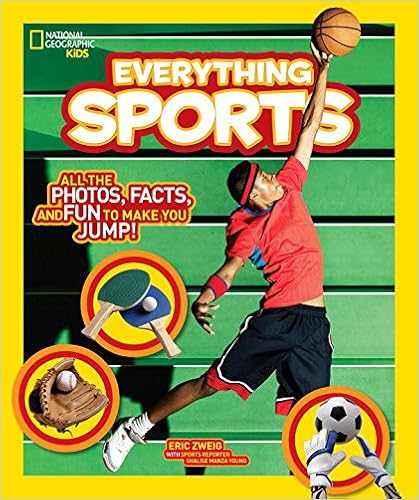Go to Teach Mentor Texts or Unleashing Readers
for the It's Monday! What Are You Reading? Round-Up!
Much of the reading I did was catching up on the amazing #PB10for10 booklists. WOW! Cathy and Mandy have created quite an amazing event. Even though I did not create a list this year, I have been reading so many lists. I have been amazed at the ideas some people had for organizing. And of course, I've discovered new books! No matter how much I try to keep up with children's books, there are always so many that I don't know. A good problem to have for sure! If you have not followed the #PB10for10 hashtag or visited their Google Community, you might want to block off a day or two to check it out!
I haven't done a ton of reading this week. I've done a lot of getting-ready-for-school stuff! But I found 2 books that I absolutely LOVE LOVE LOVE! It is not often that I find a book that is perfect for a transitional reader AND might make a good read aloud. Well, this year I found 2 amazing books for 3rd graders and I am so excited about adding them to our classroom library. These book might work for primary grades and I think because of what the visuals have to offer, they would be popular in 4th and 5th grade classrooms too.
Lucy by Randy Cecil is a sweet story about a dog, a girl and her father. Lucy is a small, homeless dog who the little girl feeds every day. This is a sweet story with lots going on and one that would make a good read aloud with a document camera. Each page has a bit of text and a black and white illustration. There is lots to see in the illustrations. There is also a lot to think about as to how the storylines work together. I loved falling in love with this book and can't wait to share it with my students.
Juana and Lucas by Juana Medina is another book that will be released in September. Another perfect book for 3rd graders! And I read somewhere that it is the first in a series. WOOOHOOO! Juana lives in Columbia and speaks Spanish. Lucas, her dog is her best friend. When Juana has to learn English in school, she is not happy. But she works hard to be successful. Juana is a great new character. The pages are filled with colorful illustrations, some fun changes in font and some amusing diagrams like the one below.
This is a fantastic new series that is PERFECT for 3rd graders!!























